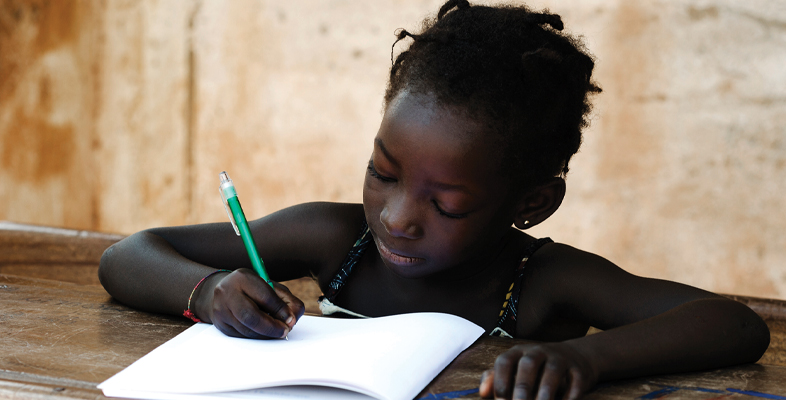3.1 Global agendas
In terms of making comparisons, globalisation has made many aspects of education more similar around the world. For example, a comparative study of early childhood education in Japan, the US and China (Tobin, 2011) found that over a generation these curricula became MORE alike owing to the global spread of progressive educational theories and child-centred teaching approaches. However, the curriculum of early childhood and primary schooling, and ways of teaching the curriculum, vary depending on cultural norms, traditions, history and national expectations. Tobin also found the three curricula in his study became LESS alike in other ways, as cultural heritages unique to each nation flourished and became embedded in school practices.
Much education policy research today compares information such as the number of children enrolled or completing their education. This reflects the modern aim of achieving free, universal and compulsory primary education, which was established in the 1948 Universal Declaration of Human Rights.
The ambition to achieve free and compulsory primary education for all children has been defined and specified through a series of international agendas and targets. The Education For All movement was launched in 1990 and had a goal of achieving universal primary education by 2000 through increasing school enrolments. While much progress was made, this goal had not been achieved by 2000, when the World Education Forum (WEF) renewed the call to eliminate all barriers to children’s education:
For the millions of children who live in poverty, who suffer multiple disadvantages, there must be an unequivocal commitment that education be free of tuition and other fees, and that everything possible be done to reduce or eliminate costs such as those for learning materials, uniforms, school meals and transport.
The Education For All agenda became part of the United Nations’ Millennium Development Goals, one of which was to ‘…ensure that, by 2015, children everywhere, boys and girls alike, will be able to complete a full course of primary schooling’ (UN General Assembly, 2000). This goal is yet to be achieved.
